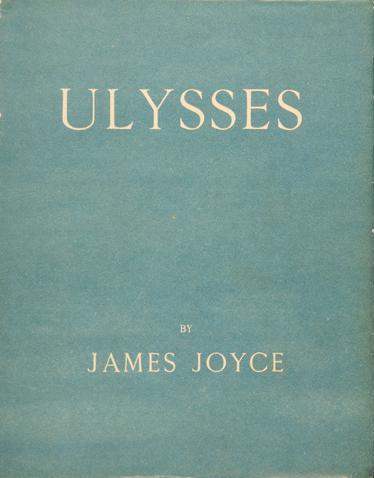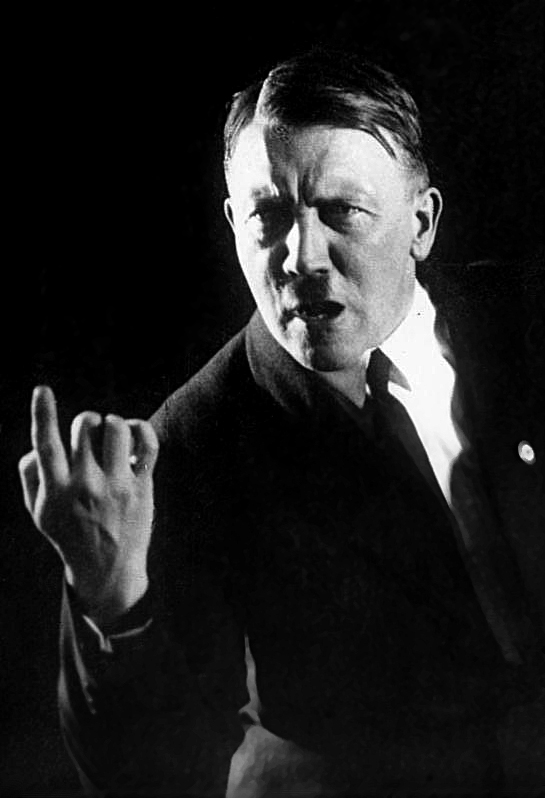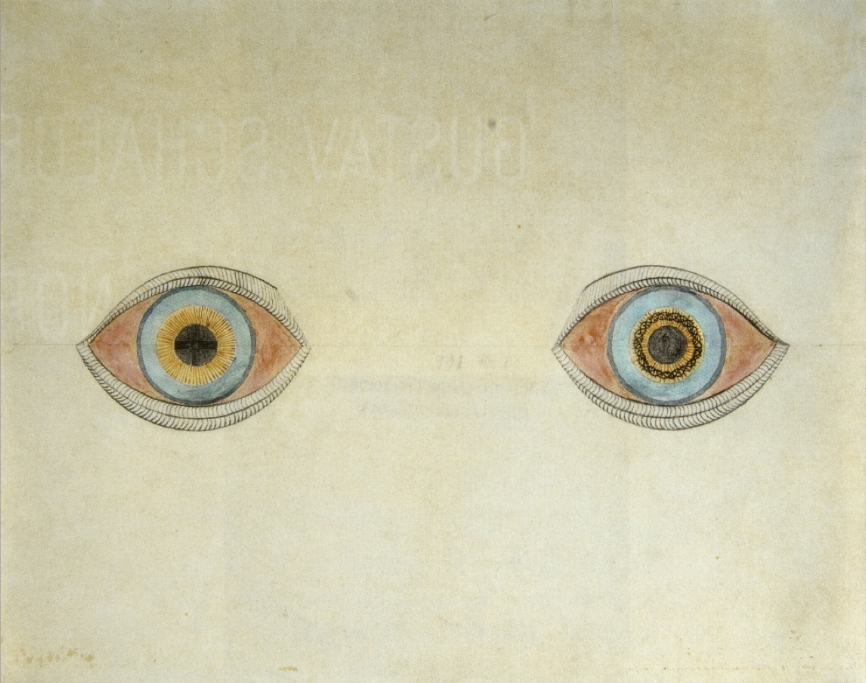|
City Of Pirates
''City of Pirates'' (french: La ville des pirates) is a 1983 French surrealist fantasy film directed by Chilean filmmaker Raúl Ruiz. Made during Ruiz's most prolific period of filmmaking in exile and shortly after his first return to Chile since the 1973 military coup, the film stars a primarily French cast including Hugues Quester, Anne Alvaro and Melvil Poupaud. It was filmed in Portugal in a period of three weeks. Ruiz used a process of automatic writing to write his screenplay during the shoot. Academic Michael Goddard notes that "Ruiz would write the script each day immediately after the siesta; hence, in effect, ''dream'' the script rather than writing it." As a result, the film is heavily influenced by conceptions of dreams and their relationship to storytelling and the visual. The film is generally considered to be one of Ruiz's best works and exemplifies several recurring themes and motifs of the director's style, including neo-Baroque narrative and cinematograph ... [...More Info...] [...Related Items...] OR: [Wikipedia] [Google] [Baidu] |
Raúl Ruiz (director)
Raúl Ernesto Ruiz Pino (french: Raoul Ruiz; 25 July 1941 – 19 August 2011) was an experimental Chilean filmmaker, writer and teacher whose work is best known in France. He directed more than 100 films. Biography The son of a ship's captain and a schoolteacher in southern Chile, Raúl Ruiz abandoned his university studies in theology and law to write 100 plays with the support of a Rockefeller Foundation grant. He went on to learn his craft working in Chilean and Mexican television and studying at film school in Argentina (1964). Back in Chile, he made his feature debut ''Three Sad Tigers'' (1968), sharing the Golden Leopard at the 1969 Locarno Film Festival. According to Ruiz in a 1991 interview, ''Three Sad Tigers'' "is a film without a story, it is the reverse of a story. Somebody kills somebody. All the elements of a story are there but they are used like a landscape, and the landscape is used like story."Klonarides, Carole Ann http://bombsite.com/issues/34/articles/1391, '' ... [...More Info...] [...Related Items...] OR: [Wikipedia] [Google] [Baidu] |
Screenplay
''ScreenPlay'' is a television drama anthology series broadcast on BBC2 between 9 July 1986 and 27 October 1993. Background After single-play anthology series went off the air, the BBC introduced several showcases for made-for-television, feature length filmed dramas, including ''ScreenPlay''. Various writers and directors were utilized on the series. Writer Jimmy McGovern was hired by producer George Faber to pen a series five episode based upon the Merseyside needle exchange programme of the 1980s. The episode, directed by Gillies MacKinnon, was entitled ''Needle'' and featured Sean McKee, Emma Bird, and Pete Postlethwaite''.'' The last episode of the series was titled "Boswell and Johnson's Tour of the Western Islands" and featured Robbie Coltrane as English writer Samuel Johnson, who in the autumn of 1773, visits the Hebrides off the north-west coast of Scotland. That episode was directed by John Byrne and co-starred John Sessions and Celia Imrie. Some scenes w ... [...More Info...] [...Related Items...] OR: [Wikipedia] [Google] [Baidu] |
Oneiric (film Theory)
In film theory, the term oneiric ( , adjective; "pertaining to dreams") refers to the depiction of dream-like states or to the use of the metaphor of a dream or the dream-state in the analysis of a film. The term comes from the Greek Óneiros, the personification of dreams. History Early film theorists such as Ricciotto Canudo (1879–1923) and Jean Epstein (1897–1953) argued that films had a dreamlike quality. Raymond Bellour and Guy Rosolato have made psychoanalytical analogies between films and the dream state, claiming films as having a "latent" content that can be psychoanalyzed as if it were a dream. Lydia Marinelli states that before the 1930s, psychoanalysts "primarily attempted to apply the interpretative schemata found in Sigmund Freud's '' Interpretation of Dreams'' to films." Author Douglas Fowler surmises that "images arising from dreams are the well spring of all our efforts to give enduring form and meaning to the urgencies within," seeing this as the reason wh ... [...More Info...] [...Related Items...] OR: [Wikipedia] [Google] [Baidu] |
Bricolage
In the arts, ''bricolage'' (French for " DIY" or "do-it-yourself projects") is the construction or creation of a work from a diverse range of things that happen to be available, or a work constructed using mixed media. The term ''bricolage'' has also been used in many other fields, including anthropology, philosophy, critical theory, education, computer software, and business. Origin ''Bricolage'' is a French loanword that means the process of improvisation in a human endeavor. The word is derived from the French verb ''bricoler'' ("to tinker"), with the English term DIY ("Do-it-yourself") being the closest equivalent of the contemporary French usage. In both languages, ''bricolage'' also denotes any works or products of DIY endeavors. The arts Visual art In art, bricolage is a technique or creative mode, where works are constructed from various materials available or on hand, and is often seen as a characteristic of postmodern art practice. It has been likened to the co ... [...More Info...] [...Related Items...] OR: [Wikipedia] [Google] [Baidu] |
Internal Voice
In literary criticism, stream of consciousness is a narrative mode or method that attempts "to depict the multitudinous thoughts and feelings which pass through the mind" of a narrator. The term was coined by Daniel Oliver in 1840 in ''First Lines of Physiology: Designed for the Use of Students of Medicine,'' when he wrote, Better known, perhaps, is the 1855 usage by Alexander Bain in the first edition of ''The Senses and the Intellect'', when he wrote, "The concurrence of Sensations in one common stream of consciousness–on the same cerebral highway–enables those of different senses to be associated as readily as the sensations of the same sense". But it is commonly credited to William James who used it in 1890 in his '' The Principles of Psychology''. In 1918, the novelist May Sinclair (1863–1946) first applied the term stream of consciousness, in a literary context, when discussing Dorothy Richardson's novels. ''Pointed Roofs'' (1915), the first work in Richardson's ... [...More Info...] [...Related Items...] OR: [Wikipedia] [Google] [Baidu] |
Psychopathic
Psychopathy, sometimes considered synonymous with sociopathy, is characterized by persistent antisocial behavior, impaired empathy and remorse, and bold, disinhibited, and egotistical traits. Different conceptions of psychopathy have been used throughout history that are only partly overlapping and may sometimes be contradictory. Hervey M. Cleckley, an American psychiatrist, influenced the initial diagnostic criteria for antisocial personality reaction/disturbance in the ''Diagnostic and Statistical Manual of Mental Disorders'' (''DSM''), as did American psychologist George E. Partridge. The ''DSM'' and '' International Classification of Diseases'' (ICD) subsequently introduced the diagnoses of antisocial personality disorder (ASPD) and dissocial personality disorder (DPD) respectively, stating that these diagnoses have been referred to (or include what is referred to) as psychopathy or sociopathy. The creation of ASPD and DPD was driven by the fact that many of the cla ... [...More Info...] [...Related Items...] OR: [Wikipedia] [Google] [Baidu] |
Suicide
Suicide is the act of intentionally causing one's own death. Mental disorders (including depression, bipolar disorder, schizophrenia, personality disorders, anxiety disorders), physical disorders (such as chronic fatigue syndrome), and substance abuse (including alcoholism and the use of and withdrawal from benzodiazepines) are risk factors. Some suicides are impulsive acts due to stress (such as from financial or academic difficulties), relationship problems (such as breakups or divorces), or harassment and bullying. Those who have previously attempted suicide are at a higher risk for future attempts. Effective suicide prevention efforts include limiting access to methods of suicide such as firearms, drugs, and poisons; treating mental disorders and substance abuse; careful media reporting about suicide; and improving economic conditions. Although crisis hotlines are common resources, their effectiveness has not been well studied. The most commonly adopted method ... [...More Info...] [...Related Items...] OR: [Wikipedia] [Google] [Baidu] |
Dreamlike
A dream is a succession of images, ideas, emotions, and sensations that usually occur involuntarily in the mind during certain stages of sleep. Humans spend about two hours dreaming per night, and each dream lasts around 5 to 20 minutes, although the dreamer may perceive the dream as being much longer than this. The content and function of dreams have been topics of scientific, philosophical and religious interest throughout recorded history. Dream interpretation, practiced by the Babylonians in the third millennium BCE and even earlier by the ancient Sumerians, figures prominently in religious texts in several traditions, and has played a lead role in psychotherapy. The scientific study of dreams is called oneirology. Most modern dream study focuses on the neurophysiology of dreams and on proposing and testing hypotheses regarding dream function. It is not known where in the brain dreams originate, if there is a single origin for dreams or if multiple regions of the brain are ... [...More Info...] [...Related Items...] OR: [Wikipedia] [Google] [Baidu] |
Schizophrenia
Schizophrenia is a mental disorder characterized by continuous or relapsing episodes of psychosis. Major symptoms include hallucinations (typically hearing voices), delusions, and disorganized thinking. Other symptoms include social withdrawal, decreased emotional expression, and apathy. Symptoms typically develop gradually, begin during young adulthood, and in many cases never become resolved. There is no objective diagnostic test; diagnosis is based on observed behavior, a history that includes the person's reported experiences, and reports of others familiar with the person. To be diagnosed with schizophrenia, symptoms and functional impairment need to be present for six months (DSM-5) or one month ( ICD-11). Many people with schizophrenia have other mental disorders, especially substance use disorders, depressive disorders, anxiety disorders, and obsessive–compulsive disorder. About 0.3% to 0.7% of people are diagnosed with schizophrenia during their lifet ... [...More Info...] [...Related Items...] OR: [Wikipedia] [Google] [Baidu] |
Depth Of Field
The depth of field (DOF) is the distance between the nearest and the furthest objects that are in acceptably sharp focus in an image captured with a camera. Factors affecting depth of field For cameras that can only focus on one object distance at a time, depth of field is the distance between the nearest and the farthest objects that are in acceptably sharp focus. "Acceptably sharp focus" is defined using a property called the " circle of confusion". The depth of field can be determined by focal length, distance to subject, the acceptable circle of confusion size, and aperture. Limitations of depth of field can sometimes be overcome with various techniques and equipment. The approximate depth of field can be given by: : \text \approx \frac for a given circle of confusion (c), focal length (f), f-number (N), and distance to subject (u). As distance or the size of the acceptable circle of confusion increases, the depth of field increases; however, increasing the size ... [...More Info...] [...Related Items...] OR: [Wikipedia] [Google] [Baidu] |
Neo-Baroque Film
Neo-Baroque film is a type of film theory that (while the term "neo-baroque" is borrowed from the writings of semiologist Umberto Eco and philosopher Gilles Deleuze) used in film studies to describe certain films, television shows and Hollywood blockbusters characterised by the excessively ornate, carnivalesque fragmentation of the film frame and/or narrative, sometimes to the point of spatial and/or narrative incoherence. Notable films associated with Neo-Baroque cinema *''La dolce vita'' (1960) *''8 1/2'' (1963) *''Amarcord'' (1973) *'' Close Encounters of the Third Kind'' (1977) *''Star Wars'' (1977) *The ''Evil Dead'' series (1981-1992) *'' Mad Max: Beyond Thunderdome'' (1985) *''Jurassic Park'' (1993) *''Contact'' (1997) *'' Event Horizon'' (1997) *'' Moulin Rouge'' (2001) *''Avatar'' (2009) Notable directors associated with Neo-Baroque cinema * Peter Greenaway * Sally Potter * Raúl Ruiz * Claire Denis *Steven Spielberg *Sam Raimi *Pedro Almodovar *Baz Luhrmann *James Came ... [...More Info...] [...Related Items...] OR: [Wikipedia] [Google] [Baidu] |
Film Style
Film style refers to recognizable cinematic techniques used by filmmakers to create specific value in their work. These techniques can include all aspects of film language, including: sound design, mise-en-scène, dialogue, cinematography, editing, or direction. Style and the director A film director may have a distinctive filmmaking style that differs from other directors, similar to an author's own distinctive writing style. Through the analysis of film techniques, differences between filmmakers' styles become apparent. Bordwell, David; Kristin Thompson (2003). ''Film Art: An Introduction'' (Seventh edition ed.). New York: McGraw-Hill. There are many technical possibilities available to filmmakers. As a result, no single film will be made using every single technique. Historical circumstances, for example, limit the choices for the director. During the silent film era, filmmakers were not able to use synchronized dialogue until sound became possible in the late 1920s. Films ... [...More Info...] [...Related Items...] OR: [Wikipedia] [Google] [Baidu] |



.jpg)


